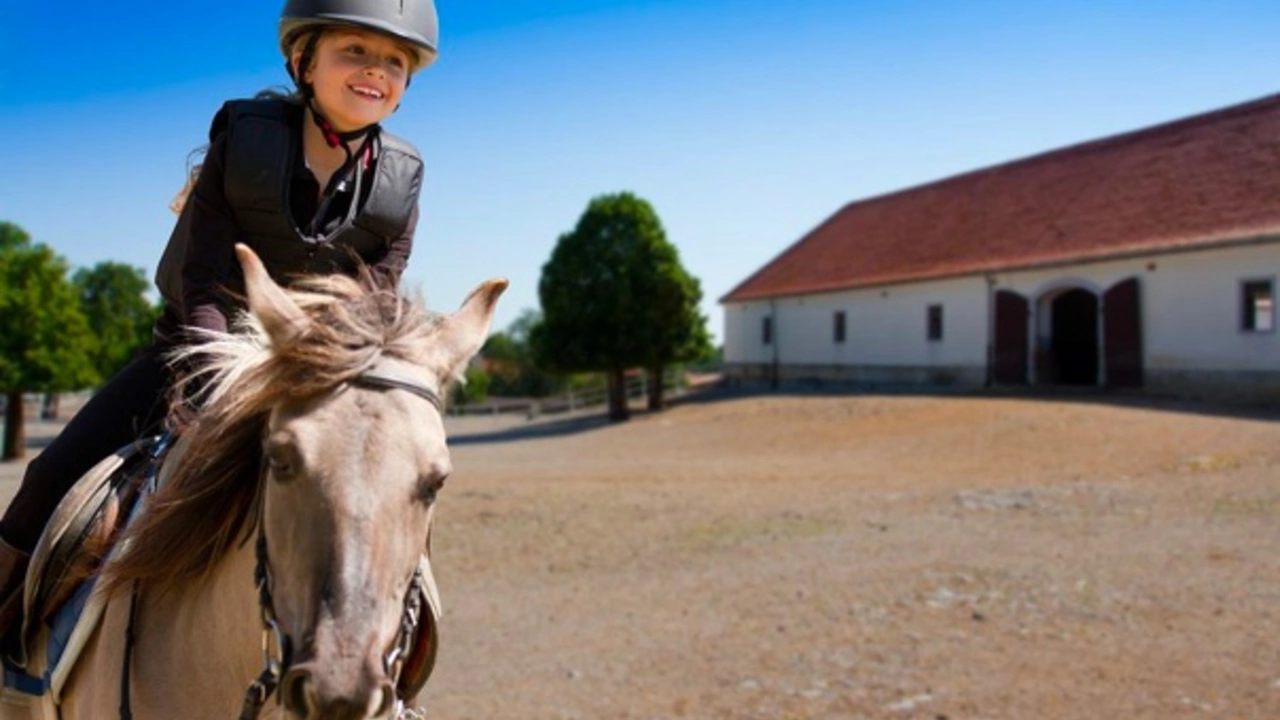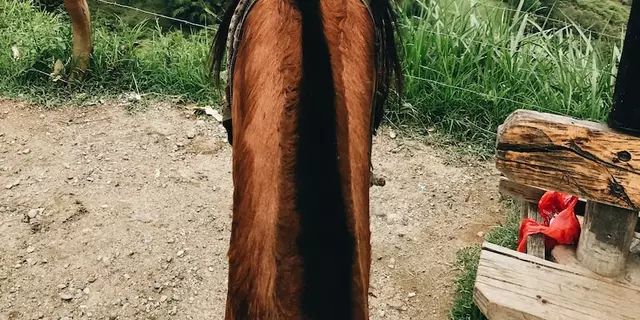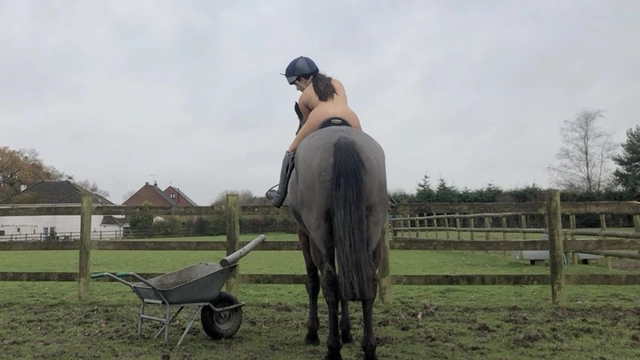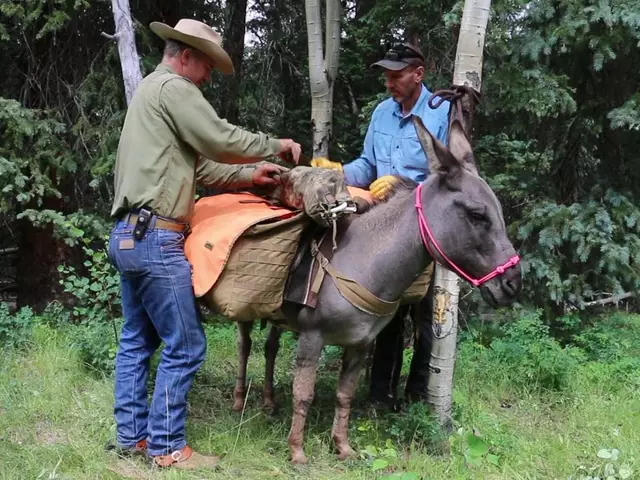Equine Education: Practical Tips and Knowledge for Every Rider
Did you know a horse can see nearly all the way around its head? That wide view makes them alert, but it also means they rely on clear signals from you. Whether you’re a brand‑new rider or getting back in the saddle after a break, the right knowledge can turn a shaky start into smooth progress.
Getting Started: Basics You Need Now
First things first – wear the right gear. A well‑fitted helmet, sturdy boots, and a comfortable shirt aren’t just for style; they protect you and keep the horse calm. When you mount, keep your left hand on the reins, step up confidently, and sit deep in the saddle. A low, balanced seat lets the horse carry you without fighting your balance.
Posture matters more than you think. Keep your shoulders back, elbows relaxed, and eyes forward. Think of yourself as a stable platform – the horse will follow your lead. If you’re unsure about your seat, ask your instructor for a quick “hand‑on‑the‑saddle” check. A few minutes of correction can save hours of frustration later.
New riders often ask, “Can I learn in a week?” A solid week can teach you the basics: mounting, walking, trotting, and basic stops. Mastery takes months or years, but a focused week gives you a strong foundation. Practice short sessions, take notes, and watch your confidence grow.
Understanding Your Horse: Health, Genetics & Behavior
Every horse has a unique shape and temperament. Take the Roman nose – a curved facial profile you see in breeds like Andalusians. It’s a genetic trait, not a health problem, and adds character without affecting performance. Knowing these quirks helps you choose a horse that matches your goals.
Back pain is a common worry. Prevent it by keeping your posture upright, warming up with gentle stretches, and checking that the saddle fits both you and the horse. If you feel ache after a ride, cool‑down with a walk and gentle back stretches. Hydration, supportive boots, and a well‑balanced seat are simple steps that keep the spine happy.
Starting in your late teens? Not a problem. Riders who begin at 16 or 18 often report quick progress because they can focus on technique without the childhood “rush” to impress. The key is regular practice and a good teacher who tailors lessons to your learning speed.
When you’re ready to take the reins on a bigger project, such as owning a horse ranch, remember the basics still apply: budget for land, feed, veterinary care, and legal permits. A solid plan saves headaches down the road.
Finally, keep learning. Watch videos, read articles, and talk to fellow riders about what works for them. The more you understand the horse’s perspective – from its vision to its genetics – the better you’ll ride, train, and enjoy the partnership.
Equine education isn’t a one‑time lesson; it’s a habit. Spend a few minutes each week reviewing a tip, checking your gear, or simply observing your horse’s behavior. Over time you’ll notice smoother rides, fewer aches, and a deeper bond that makes every outing feel rewarding.



